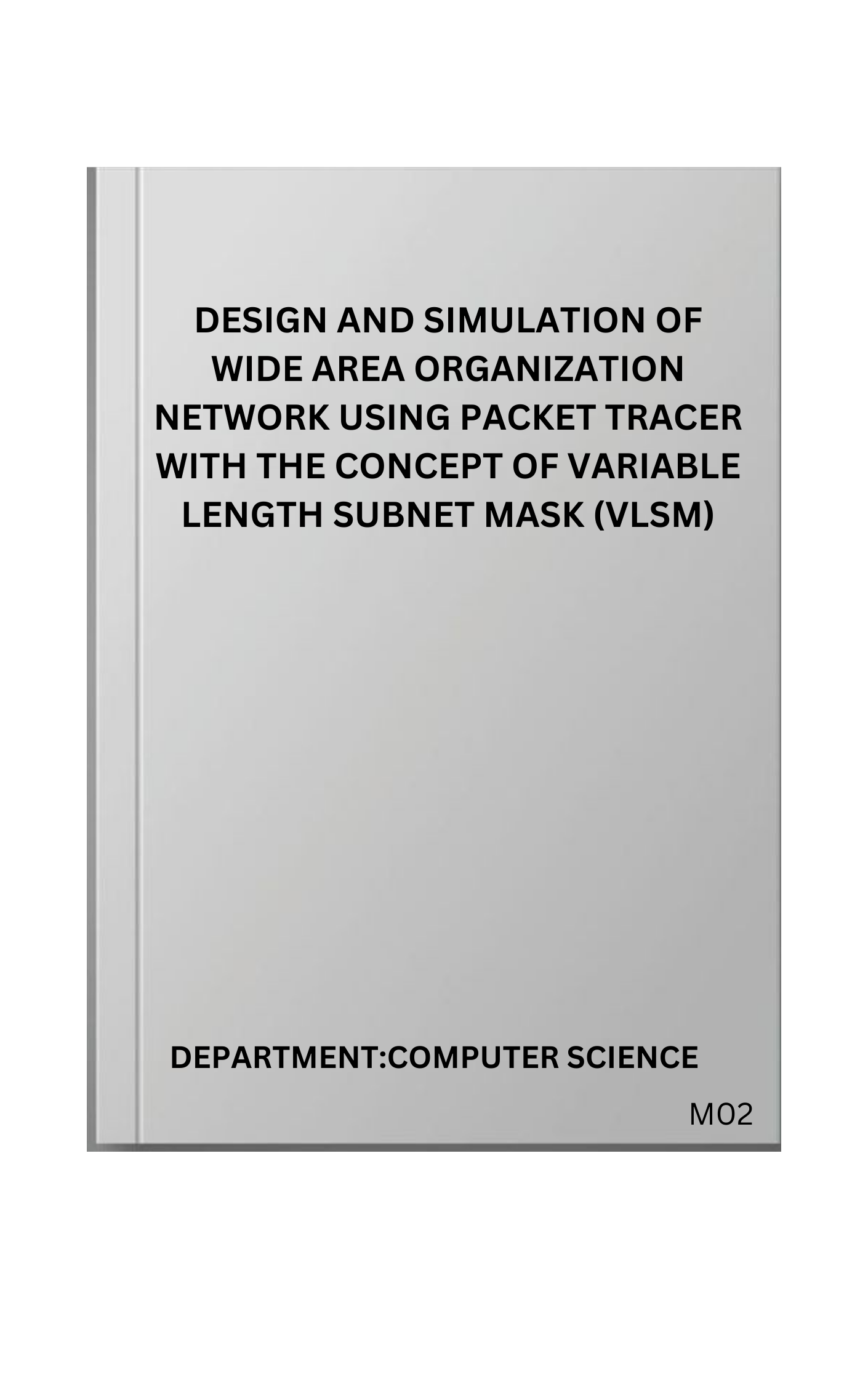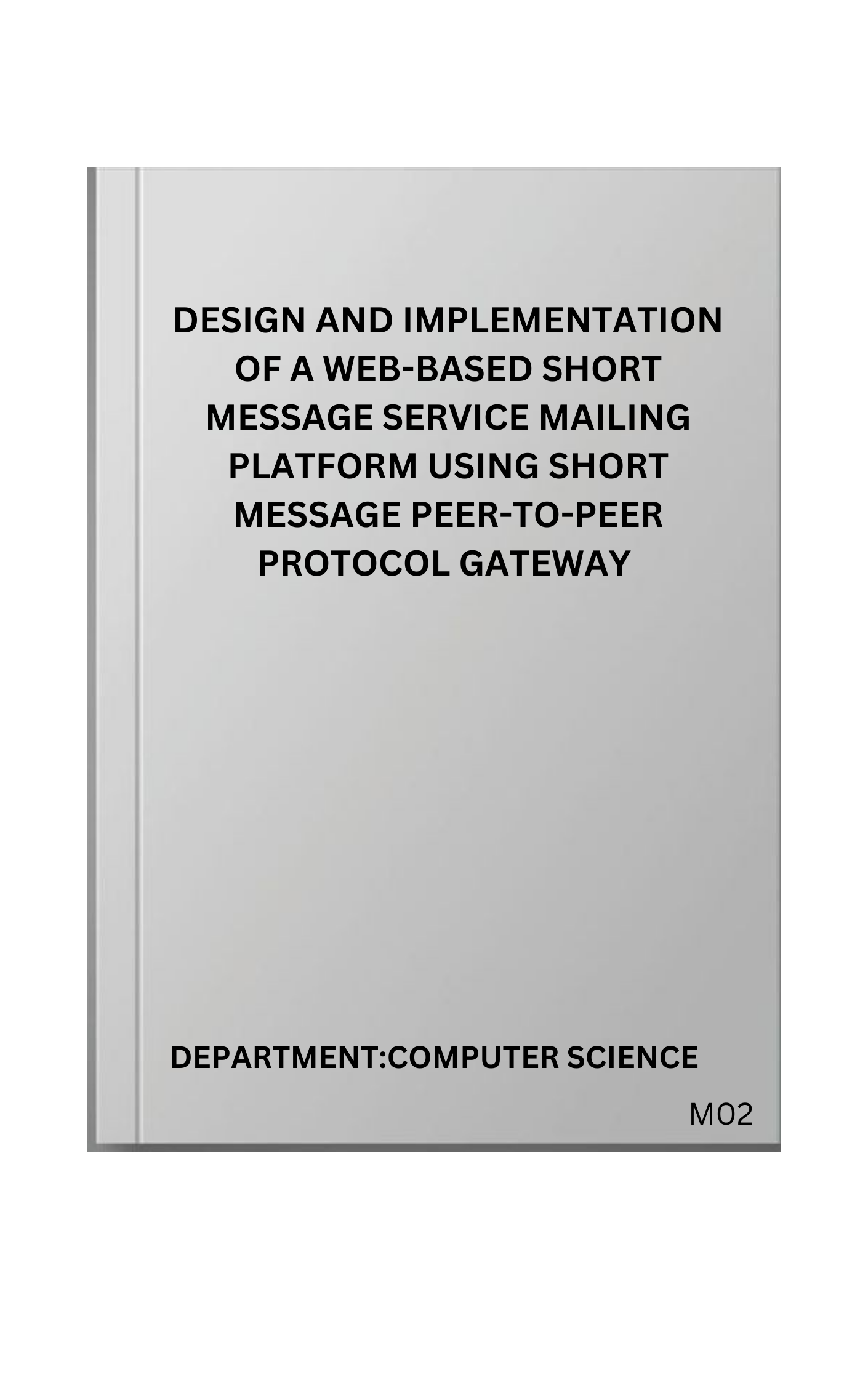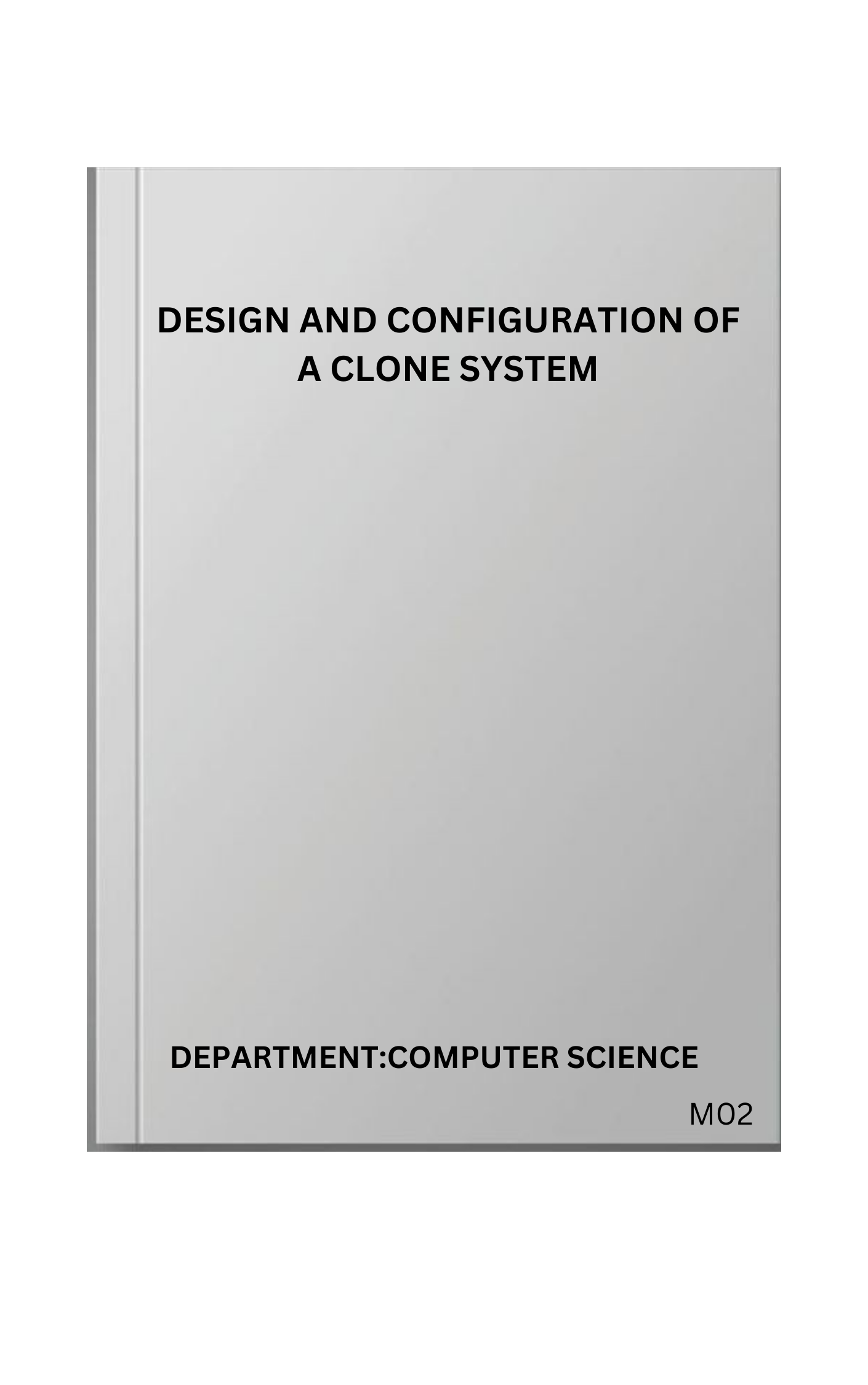CHAPTER ONE
INTRODUCTION
1.1 Background of the Study
Computer network borne out of the need to use personal computers for sharing information within an organization in the form of messages, sharing files, resources and so forth. Whether the organization is located in a small area like as in one building or spread over a large area, the need for networking the computers cannot be over emphasized. A campus area network is an essential part of university system. A campus network has several uses such as teaching, learning, result publishing, resource sharing, file sharing, communication, etc. The Campus Area Network design is about designing a topology of a network that is a LAN (Local Area Network) for a university in which various computers of different departments and buildings are set up so that they can interact and communicate with each other by interchanging data. To design a network for a University which connects various departments and buildings to each other’s, it puts forward communication among them. One of the purpose of networking is to reduce isolated users.
The systems should be capable of communicating with others and should provide the desired information. A simulation tool offers a way to predict the impact on the network of a hardware upgrade, a change in topology. So in this dissertation, a Campus Area Network (CANs) network is designed using Cisco Packet Tracer.
Cisco Packet Tracer (CPT) is multitasking network simulation software that can be used to perform and analyze various network activities such as the implementation of different topologies, selection of optimum path based on various routers, analysis of different network configurations. The Campus Area Network is about designing a topology of a network that is Local Area Network (LAN) for a university area in which different department has some computers in different buildings set up their network so that they can interact and communicate with each other by interchanging data.
1.2 Statement of the Problem
When network device communicates with many other devices, the workload required of the CPUs on the device can be burdensome. For example, in a large flat (switched) network, broadcast packets are burdensome. As such the modular nature of the hierarchical design model is to enable accurate capacity planning within each layer of the hierarchy, thus reducing wasted bandwidth. Network management responsibility and network management system should be distributed to the different layers of a modular network architecture to control management costs.
1.3 Aim and objective of the Study
1.3.1 Aim
The aim of this project is to design and simulate a Campus Area Network that will provide a well-connected, secure, reliable, dependable communication among different departments. Several departments can simply split the required data without any problem and can exchange their data without going physically to them thus conserving time and energy.
PAY TO GET COMPLETE PROJECT














































































